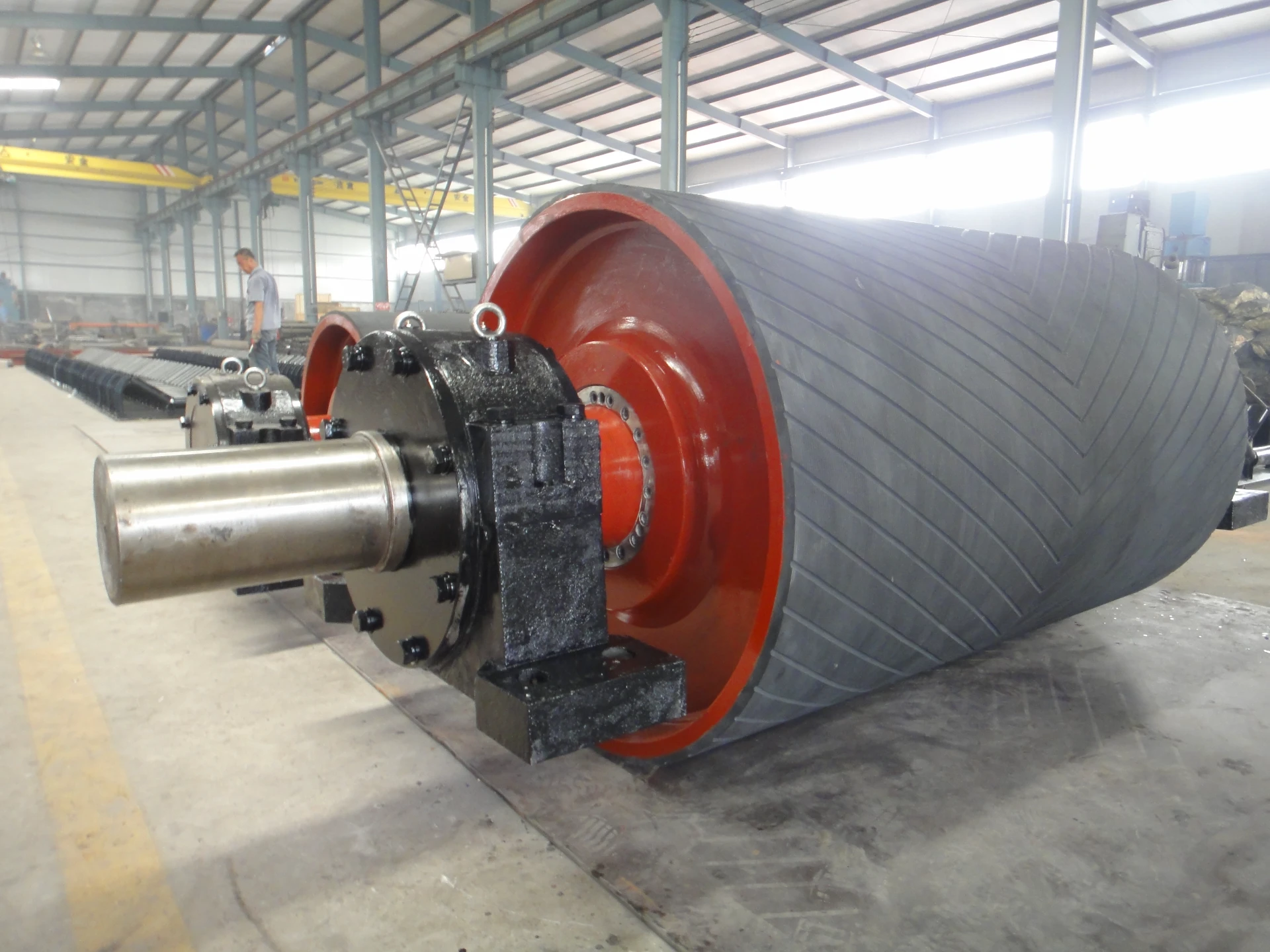 Afrikaans
Afrikaans  Albanian
Albanian  Amharic
Amharic  Arabic
Arabic  Armenian
Armenian  Azerbaijani
Azerbaijani  Basque
Basque  Belarusian
Belarusian  Bengali
Bengali  Bosnian
Bosnian  Bulgarian
Bulgarian  Catalan
Catalan  Cebuano
Cebuano  Corsican
Corsican  Croatian
Croatian  Czech
Czech  Danish
Danish  Dutch
Dutch  English
English  Esperanto
Esperanto  Estonian
Estonian  Finnish
Finnish  French
French  Frisian
Frisian  Galician
Galician  Georgian
Georgian  German
German  Greek
Greek  Gujarati
Gujarati  Haitian Creole
Haitian Creole  hausa
hausa  hawaiian
hawaiian  Hebrew
Hebrew  Hindi
Hindi  Miao
Miao  Hungarian
Hungarian  Icelandic
Icelandic  igbo
igbo  Indonesian
Indonesian  irish
irish  Italian
Italian  Japanese
Japanese  Javanese
Javanese  Kannada
Kannada  kazakh
kazakh  Khmer
Khmer  Rwandese
Rwandese  Korean
Korean  Kurdish
Kurdish  Kyrgyz
Kyrgyz  Lao
Lao  Latin
Latin  Latvian
Latvian  Lithuanian
Lithuanian  Luxembourgish
Luxembourgish  Macedonian
Macedonian  Malgashi
Malgashi  Malay
Malay  Malayalam
Malayalam  Maltese
Maltese  Maori
Maori  Marathi
Marathi  Mongolian
Mongolian  Myanmar
Myanmar  Nepali
Nepali  Norwegian
Norwegian  Norwegian
Norwegian  Occitan
Occitan  Pashto
Pashto  Persian
Persian  Polish
Polish  Portuguese
Portuguese  Punjabi
Punjabi  Romanian
Romanian  Russian
Russian  Samoan
Samoan  Scottish Gaelic
Scottish Gaelic  Serbian
Serbian  Sesotho
Sesotho  Shona
Shona  Sindhi
Sindhi  Sinhala
Sinhala  Slovak
Slovak  Slovenian
Slovenian  Somali
Somali  Spanish
Spanish  Sundanese
Sundanese  Swahili
Swahili  Swedish
Swedish  Tagalog
Tagalog  Tajik
Tajik  Tamil
Tamil  Tatar
Tatar  Telugu
Telugu  Thai
Thai  Turkish
Turkish  Turkmen
Turkmen  Ukrainian
Ukrainian  Urdu
Urdu  Uighur
Uighur  Uzbek
Uzbek  Vietnamese
Vietnamese  Welsh
Welsh  Bantu
Bantu  Yiddish
Yiddish  Yoruba
Yoruba  Zulu
Zulu belt idler roller
The Importance of Belt Idler Rollers in Conveyor Systems
Belt idler rollers are critical components in conveyor systems, playing a pivotal role in the smooth and efficient transportation of materials across various industries. These rollers help to support the conveyor belt, maintain its tension, and guide the belt along its intended path. Understanding the functionality and benefits of belt idler rollers can lead to optimized operations and reduced maintenance costs.
What are Belt Idler Rollers?
Belt idler rollers are cylindrical components that provide support to the belt as it moves along the conveyor system. They are positioned underneath the belt and can be found in various configurations, including flat, crowned, and tapered designs. Each of these designs serves a specific purpose, enhancing the belt's ability to carry loads effectively and minimizing wear and tear.
The primary function of idler rollers is to support the weight of the belt and its payload. By enabling the belt to travel smoothly, these rollers reduce friction and prevent unnecessary strain on the conveyor system. This allows for increased operational efficiency, as the system requires less energy to move materials.
Types of Belt Idler Rollers
There are several types of belt idler rollers, each designed to address specific needs within a conveyor system
1. Crowned Rollers These are shaped with a slight curvature, which helps keep the conveyor belt centered and prevents it from slipping off the rollers. This design is particularly useful in systems where the belt experiences lateral movement.
2. Tapered Rollers These rollers are tapered at the edges, providing a similar benefit to crowned rollers. They help with belt tracking and align the conveyor belt during operation, ensuring consistent material flow.
3. Flat Rollers These are standard cylindrical rollers that offer straightforward support to the belt. While less effective at keeping the belt centered, they can be used in applications where lateral movement is minimal.
belt idler roller

4. Return Rollers Positioned at the return side of the conveyor, these rollers support the belt when it is empty. They prevent sagging and maintain the overall tension of the system.
Benefits of Using Belt Idler Rollers
The integration of belt idler rollers into conveyor systems yields numerous benefits
- Enhanced Efficiency Properly functioning idler rollers contribute to the overall efficiency of the conveyor system. By ensuring smooth movement of the belt, they reduce friction and energy consumption.
- Extended Equipment Life By minimizing unnecessary wear and tear on both the conveyor belt and the drive system, idler rollers help extend the life of the equipment. This translates to lower replacement costs and less downtime for maintenance.
- Improved Safety A well-maintained conveyor system with effective idler rollers reduces the likelihood of belt misalignment or breakdowns. This minimizes the risk of accidents and enhances workplace safety.
- Versatility Idler rollers can be adapted for various applications and materials, making them suitable for a wide range of industries. Whether in manufacturing, mining, or logistics, these rollers can handle different loads and environmental conditions.
Conclusion
Belt idler rollers may seem like simple components, but their impact on conveyor system performance cannot be overstated. By supporting the weight of the belt, ensuring proper alignment, and reducing friction, they play a crucial role in enhancing efficiency and safety. As industries continue to evolve and demand higher productivity, understanding the importance of belt idler rollers will be integral to maintaining competitive operations. Companies that prioritize the maintenance and proper selection of these rollers will likely see significant improvements in their overall productivity and operational costs.
-
Revolutionizing Conveyor Reliability with Advanced Rubber Lagging PulleysNewsJul.22,2025
-
Powering Precision and Durability with Expert Manufacturers of Conveyor ComponentsNewsJul.22,2025
-
Optimizing Conveyor Systems with Advanced Conveyor AccessoriesNewsJul.22,2025
-
Maximize Conveyor Efficiency with Quality Conveyor Idler PulleysNewsJul.22,2025
-
Future-Proof Your Conveyor System with High-Performance Polyurethane RollerNewsJul.22,2025
-
Driving Efficiency Forward with Quality Idlers and RollersNewsJul.22,2025





























